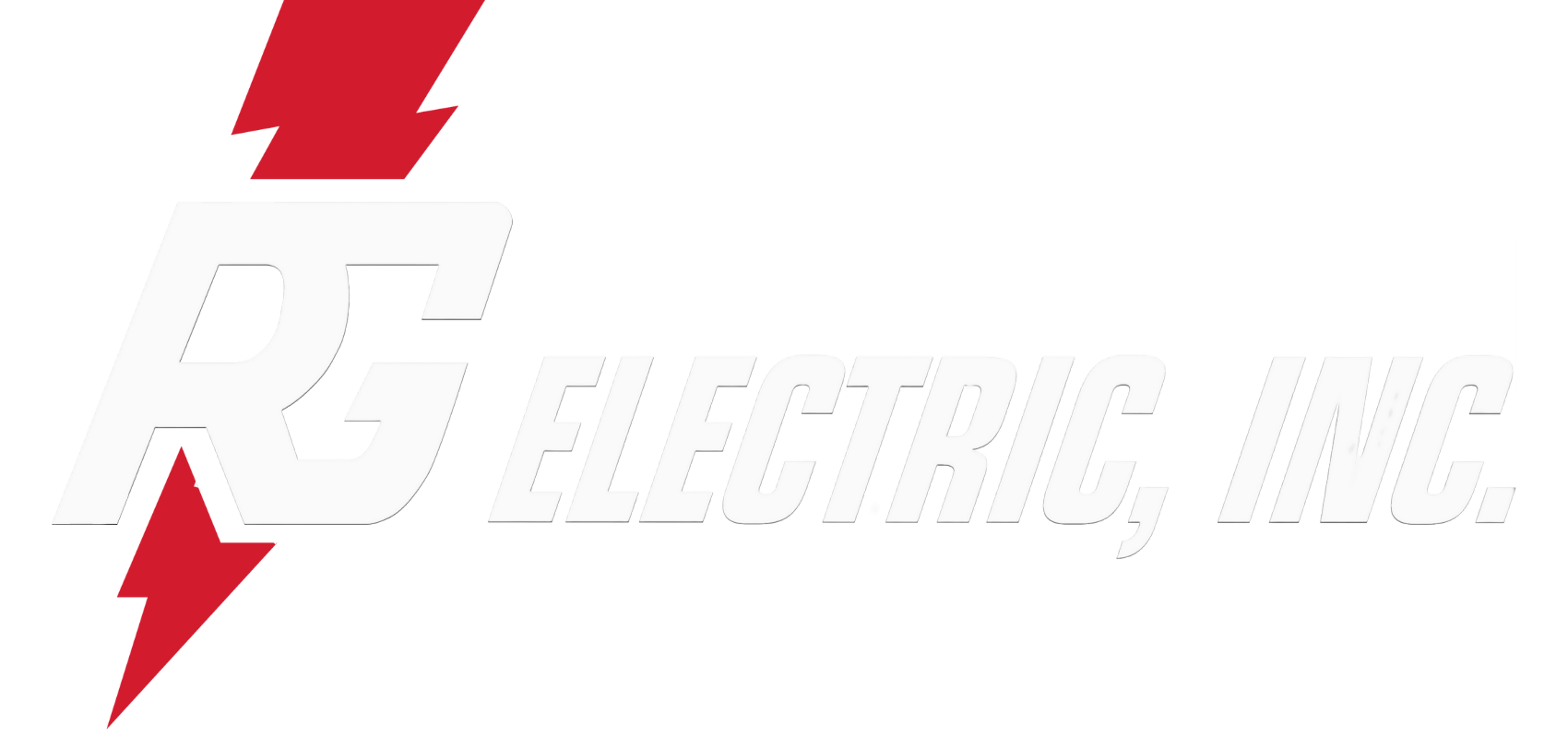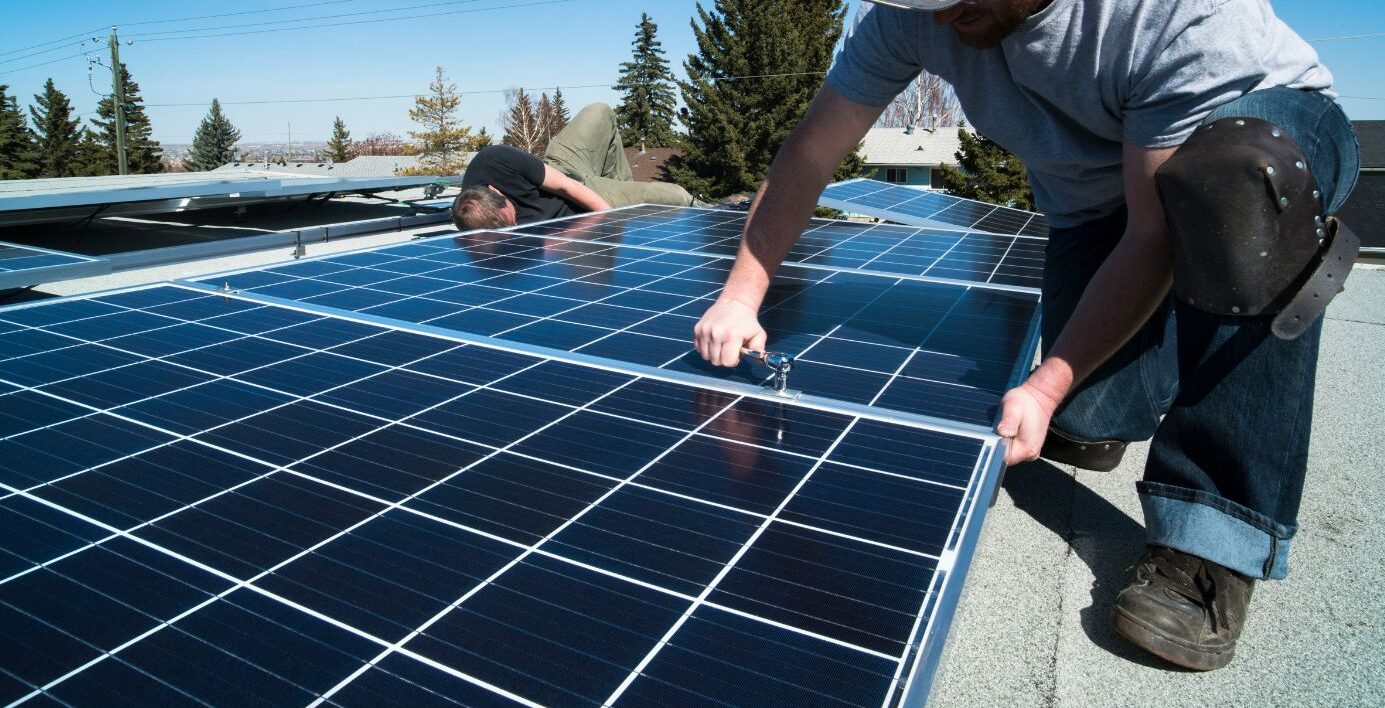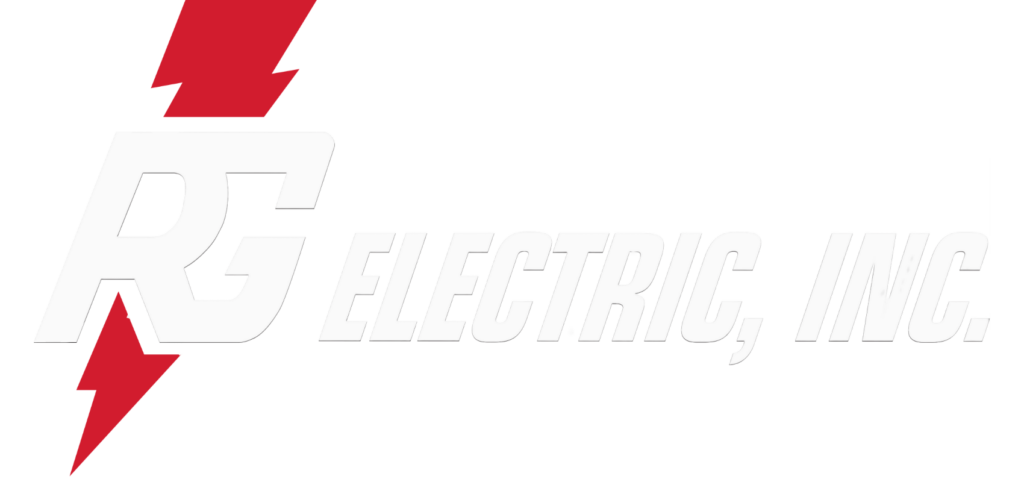Space Odyssey: Navigating the Solar Panel Installation Universe
Ever thought about going solar but found yourself pondering, “Do I even have enough space on my roof for this cosmic journey?” Fear not, intrepid homeowner! Embarking on the solar panel installation voyage might not require as much available space as you think. Let’s launch into an exploration of the space needed for solar panels, making sure your ride through the solar system is both fun and enlightening.
The Solar Space Equation: How Much Room to Power Up?
Picture this: your roof, a blank canvas, waiting to be adorned with gleaming solar panels. But how much of this canvas do you need to paint with photovoltaics to power your home effectively?
Solar Panel Size: The Building Blocks of Your Solar System
- Average Dimensions: A typical residential solar panel measures about 5.4 feet by 3.25 feet (or 17.5 square feet). Like celestial bodies in the vast sky, each panel harnesses the sun’s power, but how many you’ll need depends on your energy goals.
- Power Output: Each panel on average produces about 320 watts of power. However, like stars in the galaxy, panels come in various efficiencies and wattages.
Calculating Your Solar Footprint: The Energy Expedition
- Your Home’s Energy Consumption: Grab your utility bills and calculate your average electricity usage. This number is your guiding star, helping determine how many solar panels you need to sustain your energy lifestyle.
- Sunlight Exposure: Consider your location on the Earth’s surface. Homes basking in sunnier climates may need less surface area covered in panels than those in less sunny locales to produce the same amount of energy.
- Roof Real Estate: The available space on your roof sets the boundaries for your solar installation. Obstacles like vents, chimneys, and skylights are like asteroid fields, requiring careful navigation.
The Math Mission: A Practical Example
Let’s say your home uses 10,800 kWh per year, and you’re considering 320-watt panels:
- Total Annual Consumption: 10,800 kWh.
- Panel Output: 320 watts per panel or about 0.32 kW.
- Annual Output per Panel: Assuming an average of 4 peak sunlight hours per day, a single panel produces approximately 1,152 kWh/year (0.32 kW * 4 hours * 365 days).
- Panels Needed: You’d need about 9 to 10 panels to cover your energy needs.
Beyond the Rooftop: Exploring Alternative Solar Systems
- Ground Mounts: If your roof is more of a cosmic boutique than a sprawling solar galaxy, consider ground-mounted systems. They require more land but offer flexibility in orientation and angle for optimal sun exposure.
- Community Solar: Like joining an interstellar alliance, community solar allows you to benefit from solar energy produced off-site, perfect for homes with available space or unfavorable conditions for solar.
Charting Your Solar Space Journey
Embarking on the solar panel installation odyssey doesn’t require a galaxy’s worth of space. With the right calculations and considerations, even modestly sized roofs can harness the power of the sun. Whether you’re outfitting your rooftop with a solar array or exploring ground-mounted or community solar options, the universe of solar energy is vast and accommodating.
So, before you let available space constraints keep you earthbound, remember: the solar system is vast, and there’s a place for everyone under the sun. Your solar journey is just waiting to begin, no matter the size of your canvas.



